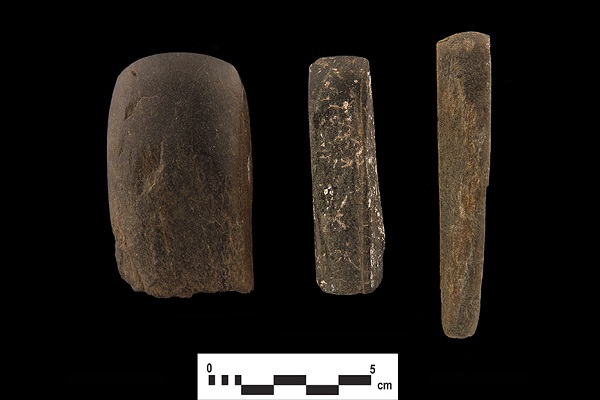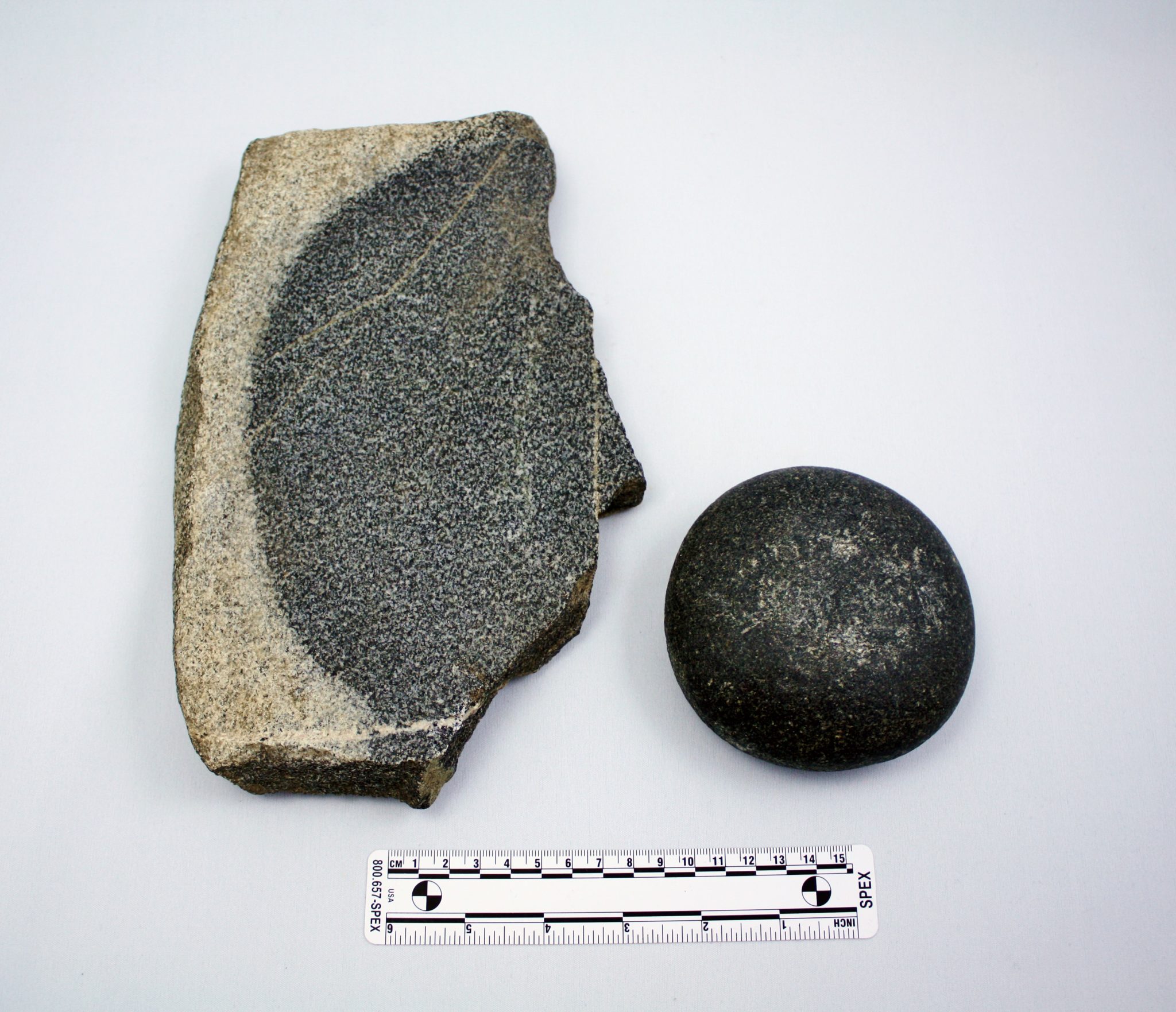To celebrate Labour Day, we thought we’d show you just how arduous daily tasks were for some of the pre-contact populations that formerly inhabited southern Ontario. If you thought your job was hard, you haven’t seen anything yet…
Men’s Work

In the early sixteenth-century, the Mantle site in Stouffville, Ontario would have housed and fed over 1,800 people. Entire forests were felled to make way for the cornfields that were required to sustain the Mantle community and other villages like it. Decreasing soil fertility was also responsible for expanding cornfields, as the pre-contact village populations would have had to continuously clear the surrounding lands to harvest their crops effectively.
Maize was introduced to southern Ontario about 2,000 years ago and prompted a change to sedentary lifestyle, as mobile groups could not grow crops without tending to them to ensure they reached maturity. Reliance on maize (and other cultigens such as beans, squash, sunflower and tobacco) led to increased fertility and population growth.
By A.D. 1300, maize made up more than half of the diet of southern Ontario populations, and based on isotopic analyses using dental remains at Mantle, the Stouffville community’s maize consumption was more than 60% of their overall diet (Birch and Williamson 2013: 93).

Trees would not only be taken down to make way for cornfields, but would also be used for building and rebuilding longhouse structures and palisades. As Jennifer Birch and Ron Williamson (2013: 87) explain “The village infrastructure would have required constant maintenance”, and therefore a stockpile of trees would need to be replenished on a regular basis to assist with these repairs. Mantle required tens of thousands of trees for just one phase of construction and, according to the site’s archaeological record, there were at least three phases (2013: 90).
Without any metal axes available to pre-contact populations, how did the pre-contact populations of Ontario cut down thousands of trees?
They used groundstone tools like the ones shown above (right) to cut down areas of trees as extensive as most of the core of Toronto.
[line]
In the film Curse of the Axe by Yap Films (watch the full film on the History Channel) it was demonstrated through the archaeological evidence that the male inhabitants of Mantle and other villages would have had to fell an 80 sq km section of forest to grow enough corn to feed the community. That’s an area big enough to cover the downtown core of Toronto, and most of the downtown cores of the world’s largest cities.
Celts (featured above from the Joseph Picard site) is a term used to describe groundstone artifacts such as axes, adzes and chisels. These tools are mainly used to clear trees, gouge wood, and for fine woodworking. Using the groundstone tools for tree-clearing wasn’t the only time-intensive and laborious job – making the tools themselves was also incredibly difficult, as it required skillful and repeated grinding and smoothing, often with water.
Click here to watch a Danish flint knapper cut a tree with a stone axe. Then multiply it by 60,000 – the number of posts at Mantle – and voila! You have come close to understanding the amount of work it would have taken to maintain a large village and community like Mantle.
Women’s Work

It wasn’t only the men in pre-contact villages that did all the backbreaking work. Women would spend their days tending to the hundreds of hectares of maize crops surrounding their village. It is known that during the maize growing season, parties of women and children may have left the village to live in the fields in small camps in order to be closer to the crops.
Not only did the women have to tend to the crop but they had to process the plants to be eaten, as well. We see many examples of this in the archaeological record, from pottery analysis to hearths and charred plant remains. Perhaps the most defining artifacts for this kind of labour are groundstone metates and manos that were used to grind maize and other plants. Crushing and processing the maize and other plants would have been a long and gruelling task.
This metate was found on the New Site in Markham and was formed on a slab of granite. Although not complete, the large fragment makes up 1/3 of a full-size metate. Below the metate is a mano, found a few metres away on the same site.


